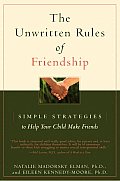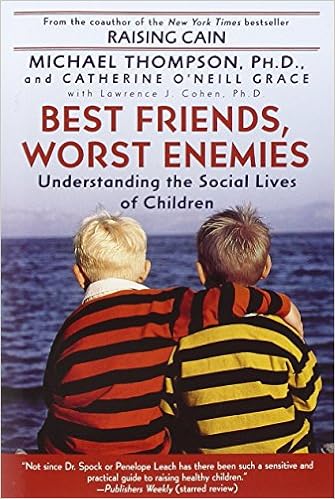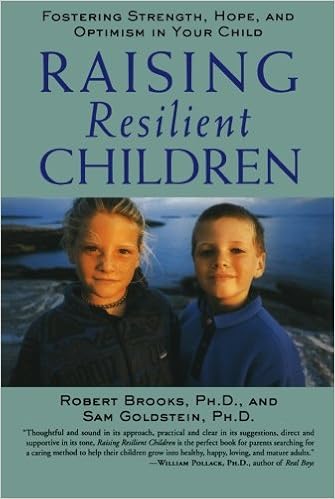During morning experiences, a group of students picked up the hula hoop and played a game they learned during PE. The game was initiated and sustained by the children. As one child left the game to head toward a new experience, another child would join into the game and be assimilated. I stood and watched the ease in which the game proceeded.
We use an image of a string connecting children, teachers and the community together. All relationships encounter hurt feelings, misunderstandings or even fatigue.
" You cut my string when you made that face at me."
Mistakes launch learning. Problems are opportunities for discussion and growth. We capitalize on these moments and ask children to consider how to reconnect strings that have been cut.
Eve's sketch captures the image of the string connecting two friends. The knots imply that the string has been cut and reconnected several times. We experience many feelings while relating to others.
.
 |
| Kenny |
 |
| Kate |
Children may on occasion require scaffolding from the adults to navigate their social lives BUT support should be provided with the intention to build resiliency not to save the children from hurt or frustration. I find this easier to offer my students than my own children.
"If you don't play with me now I will not invite you to my birthday party." The child wants a playmate but is not finding success. She tries on a strategy she has witnessed. This may be a moment to scaffold using inquiry.
Who would you like to play with and what would you like to do with that person?
Lets brainstorm some possible ways to achieve this.
Role play the scene and create a social story or comic strip.
Role play the obstacles that might occur.
Most importantly always keep it humorous.



Each year we read a book with the class and offer a time in the Spring to discuss the book.These are a few book suggestions but please offer your book preference. This reading is a starting place for discussion and problem solving for all of us. Just as our children rely on connection we like to feel solidarity as parents or at the very least.........
enjoy a good laugh.






































